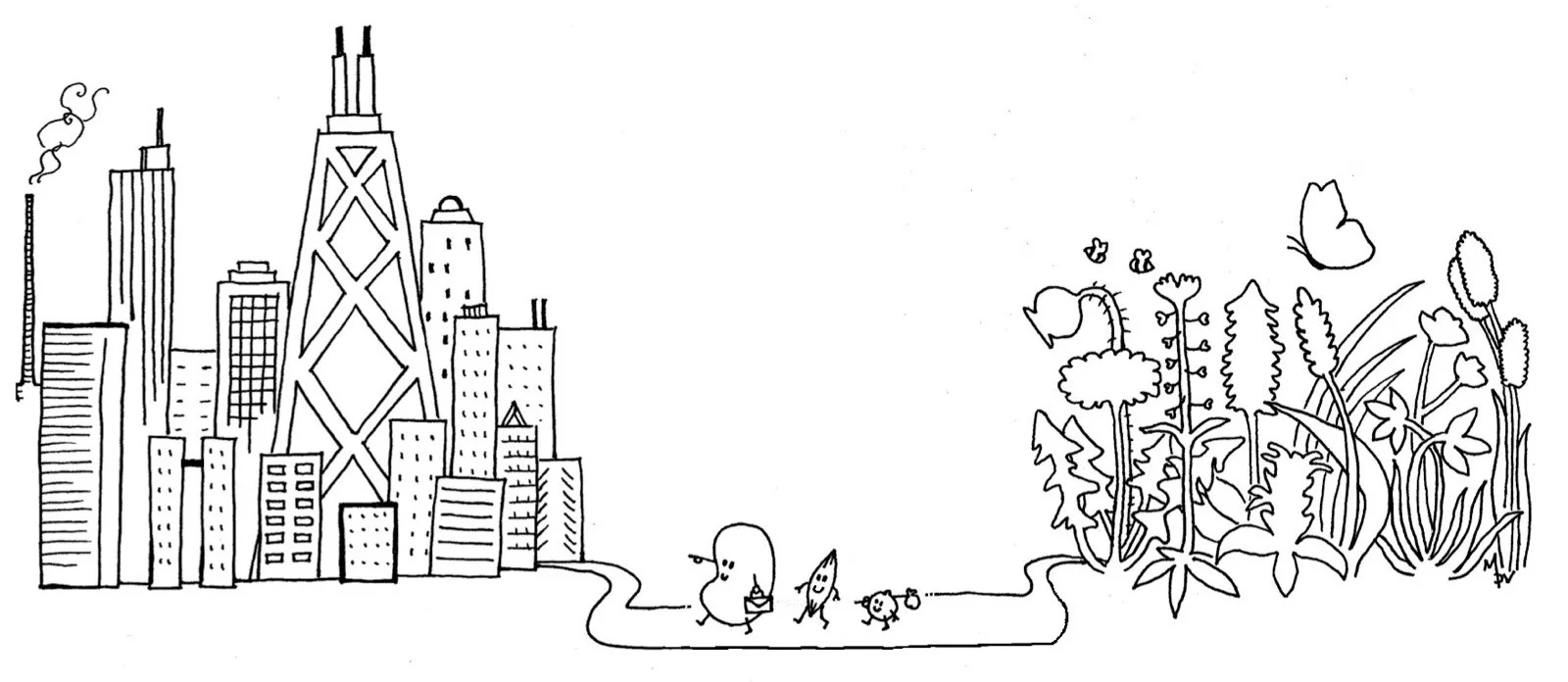Since 2012, the Irati Proyectos company, based in Spain, promote the use of wild flowers for meadow creation in landscape architecture projects. In particular, native seed mixes of herbaceous flowers are used in peri-urban parks, to promote the characteristic biodiversity of the Mediterranean landscape. These experiences are also becoming useful models for many other projects dealing with urban landscape architecture.
Dumbarton Oaks Park
In 2014 the Conservancy began working with NPS, and volunteers to restore the Park’s five meadows. Volunteer labor was used to clear invasive plants and sow a mixture of native warm-season grasses. Native seed collected from the Park was used to supplement a seed mix designed by well-known meadow expert Larry Weaner.
The Greenbelt Native Plant Center of the New York City Parks and Recreation Department
Seed and the City
When we think about seed-based restoration, we usually refer to rehabilitation of large degraded patches of land to bring them back to the original natural or semi-natural state.
Rarely do we think about restoration activities integrated into the urban environment, with its patchwork of remnant ecosystems, designed parkland and utilitarian green infrastructure. The benefits of green urban areas are many, ranging from combating the urban heat island phenomenon to providing shelter for humans and wildlife. The choice of using native plants in these ecosystems may result in lower maintenance costs and help prevent a further spread of alien plants to surrounding rural and natural areas.




